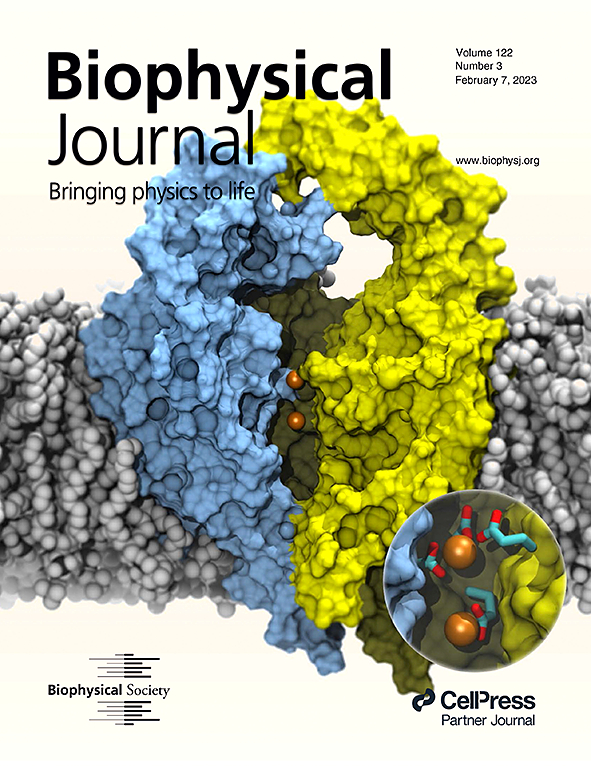APVV-21-0443
Mitochondrial disease in heart failure
Principal Investigator: Alexandra Zahradníková jr.
|
Annotation:Several mutations in mitochondrial genes of respiratory chain proteins are associated with heart failure (HF). The extent of their contribution to the development of HF at the level of cardiomyocytes (CM) is unknown. Recent findings indicate that various HF etiologies share similar remodeling of CM, especially of their membrane system and calcium signaling. The project is aimed to validate the in vitro model of HF development in a genetic disorder with reduced function of mitochondrial respiratory chain and to verify at the cellular level prevention of HF development by metabolic therapy with nutritional supplements. We will use the HL-1 CM cell line with allotopic expression of a mutant form of the MT-ND5 gene for subunit 5 of respiratory complex I (mG13513A), associated with human hypertrophic cardiomyopathy, to determine the impact of diseased mitochondria on cytoarchitecture and contractile function of cardiac myocytes. By methods of electron and confocal microscopy, cell electrophysiology, oxygraphy, and molecular biology, we will monitor expression and localization of dyadic proteins and changes in mitochondrial structure, localization, and oxidative capacity. Since genetic cardiomyopathy cannot yet be addressed by gene therapy, we will investigate the benefits of metabolic therapy for the compensation of invalidated mitochondrial function. We will compare in HL-1 CM the effect of the hereditary mitochondrial insufficiency with that of HF development imposed by overstimulation. We expect that nutritional supplementation of mitochondrial function will improve CM performance and suppress the development of HF. Results will be published in leading experimental cardiology and physiology journals and publicize them on the projec t website and in the media. Three PhD students and several M.S. students will participate in the project. |
Keywords:myocardium, heart failure, cellular energetics, cardiac myocyte, calcium signalling, cytoarchitecture, protein expression |
Objectives:The overall project objective is to identify common links in the development of the heart failure phenotype in two cellular models – a model of the hereditary disorder leading to a reduced function of the mitochondrial respiratory chain and a model of an acquired mitochondrial dysfunction induced by tachypacing, and to test the potential of nutritional supplementation for metabolic therapy of developing heart failure. We will focus on the impairment of mitochondrial oxidative function that leads to dilated or hypertrophic cardiomyopathy in genetic diseases such as MELAS, Leigh’s syndrome, MERRF, and MIDD. We will test the hypotheses that Specific aim 1: To validate HF phenotype development in cellular models of mitochondrial dysfunction in the cardiomyocyte cell line HL-1 by Specific aim 2: To characterize the impact of mitochondrial dysfunction on the structure and function of cardiomyocytes. This aim will be achieved by examining Specific aim 3: To examine the potential of metabolic therapy in the two models of heart failure development by supporting mitochondrial respiration. This aim will be achieved by examining the effect of metabolic therapy on the morphology, respiration, calcium signaling, and contractility of model cardiomyocytes. |
Publications: |
 |
Baglaeva I, Iaparov B, Zahradnik I, Zahradnikova A (2023). Analysis of noisy transient signals based on Gaussian process regression. Biophys J 122: 451–459. doi: 10.1016/j.bpj.2023.01.003. |

 contact
contact
